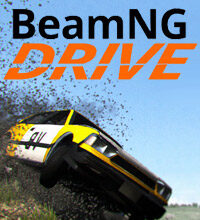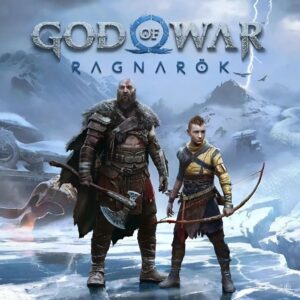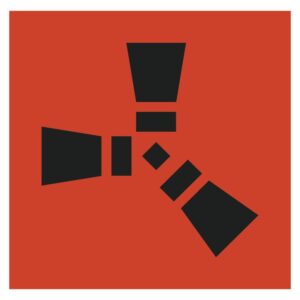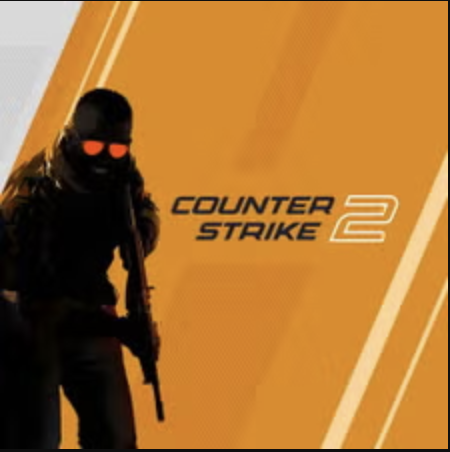An Industry on High Alert: Nintendo Patents a “Fundamental” Game Mechanic
Popular Now
 BeamNG.drive
BeamNG.drive
 Poppy Playtime
Poppy Playtime
 FIFA 23
FIFA 23
 The Legend of Zelda
The Legend of Zelda
 Brawl Stars
Brawl Stars
 Gacha Club
Gacha Club
 Garena Free Fire: Kalahari
Garena Free Fire: Kalahari
 Free Fire
Free Fire
 Roblox
Roblox
 CarX Street
CarX Street 
In a move that has sent shockwaves through the video game industry, Nintendo has been granted a new patent that covers a game mechanic that is as old as the medium itself: the ability to summon a creature and have it fight another. The patent, which was granted by the U.S. Patent and Trademark Office and was jointly filed by Nintendo and The Pokémon Company, is being described by legal analysts as “a fundamental threat to creativity and innovation in the games industry.” While the patent is not directly tied to the ongoing legal battle with Palworld, it is a clear and a powerful sign that the company is taking a new, and more aggressive, stance on intellectual property, a decision that could have massive and far-reaching implications for countless titles, both new and old.
The patent, which was filed in March 2023, covers a very specific sequence of events: the player moves a main character, summons a “sub-character” into a virtual space, and that sub-character either engages in a player-controlled battle with a nearby enemy or moves independently on the field until it encounters one. This seemingly innocuous description is, according to many legal experts, a patent on the core gameplay loop of the Pokémon series, as well as countless other games that have been released over the past several decades. The fact that the patent was granted without any objections from the USPTO has raised a number of questions about the patent office’s ability to find prior art, which, in the case of video games, is a difficult and often impossible task.
 The Palworld Precedent: A “Legal Crusade”
The Palworld Precedent: A “Legal Crusade”
While the patent is not directly aimed at Palworld, it is a clear escalation in Nintendo’s ongoing legal crusade against the game’s developer, Pocketpair. The two companies have been locked in a legal battle for nearly a year, with Nintendo alleging that Palworld infringes on a number of its patents, including the one for monster-capturing mechanics. The new patent, which is a U.S. filing, gives Nintendo a new tool to use in its legal fight, and it also puts any other game that uses a similar summoning mechanic in a legal gray area. This includes games like Digimon, Dragon Quest Monsters, and even major titles like Final Fantasy XIV and Diablo, which have summoning mechanics as a core part of their gameplay.
- The Scope of the Patent: While the patent is very specific in its language, many legal experts believe that the way it is written is broad enough that it could be used to sue a number of different games. The fact that it combines a number of common mechanics into a single, proprietary system is what makes it so dangerous.
- A New Form of “Lawfare”: The patent is a clear sign that Nintendo is willing to use legal action to stifle competition and to protect its intellectual property, a tactic that has been described as “lawfare.” This could set a dangerous precedent for the industry, as it could encourage other companies to patent their own game mechanics, which could stifle creativity and innovation.
- The End of the “Clone”: For many players and developers, the news of the patent is a major blow. It is a sign that a company can now legally prevent a developer from creating a game that is a “clone” of an existing title, even if that game has a number of unique and innovative features. This could have a chilling effect on the indie scene, as many small developers do not have the legal resources to fight a major company in court.
 A Dark Day for the Industry
A Dark Day for the Industry
The patent, which is just one of many that Nintendo has recently been granted, is a clear and a frightening sign of things to come. In a world where creative ideas are shared and built upon, the idea that a company can own a game mechanic is a dangerous and a worrying one. It is a reminder that the world of video games is not just a creative industry; it is also a business, and sometimes, the business side of things can get in the way of a game’s creative potential. The patent is a new chapter in a long-running story about the conflict between a company’s desire to protect its intellectual property and the public’s desire to innovate and create. For now, the future of the video game industry hangs in the balance, and many are wondering what common game mechanic Nintendo will try to patent next.









 The Palworld Precedent: A “Legal Crusade”
The Palworld Precedent: A “Legal Crusade” A Dark Day for the Industry
A Dark Day for the Industry